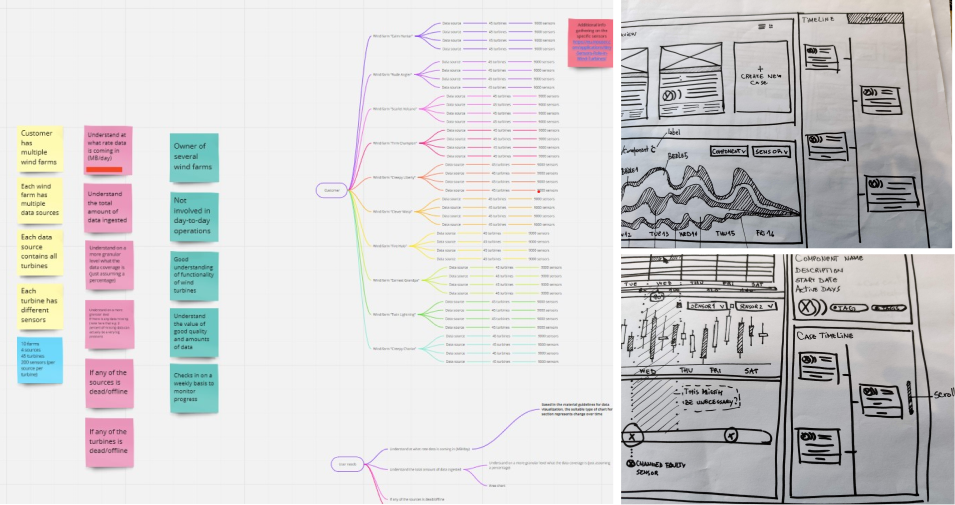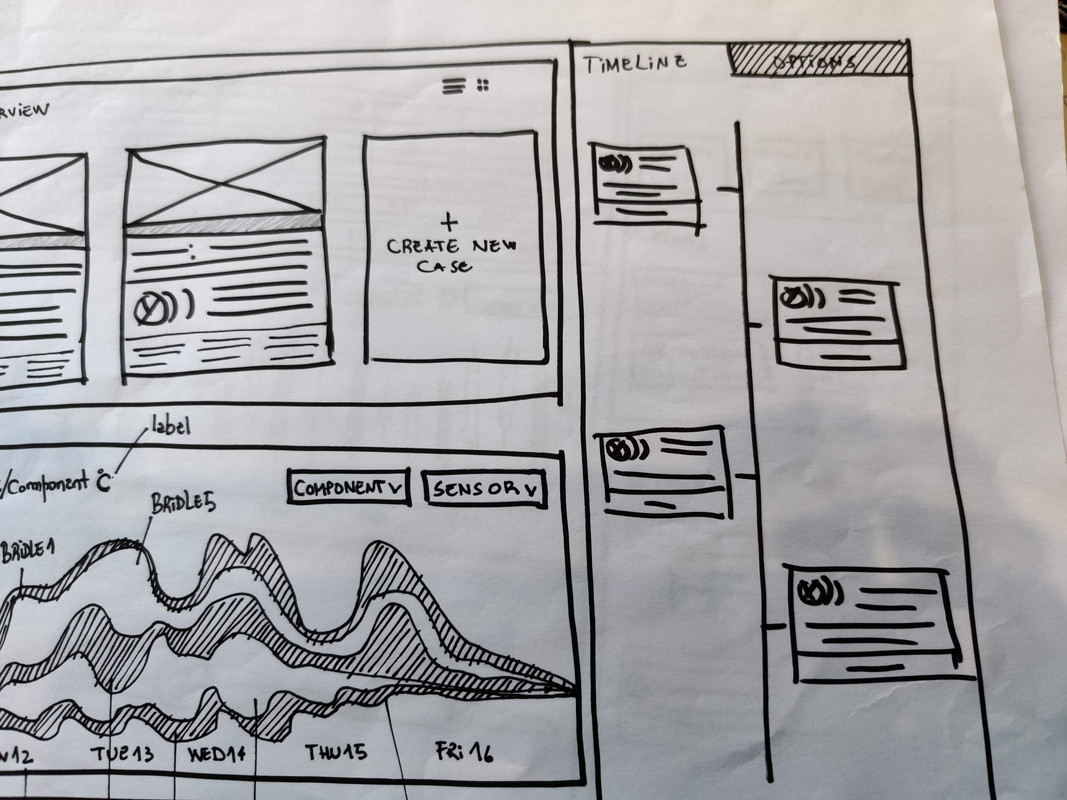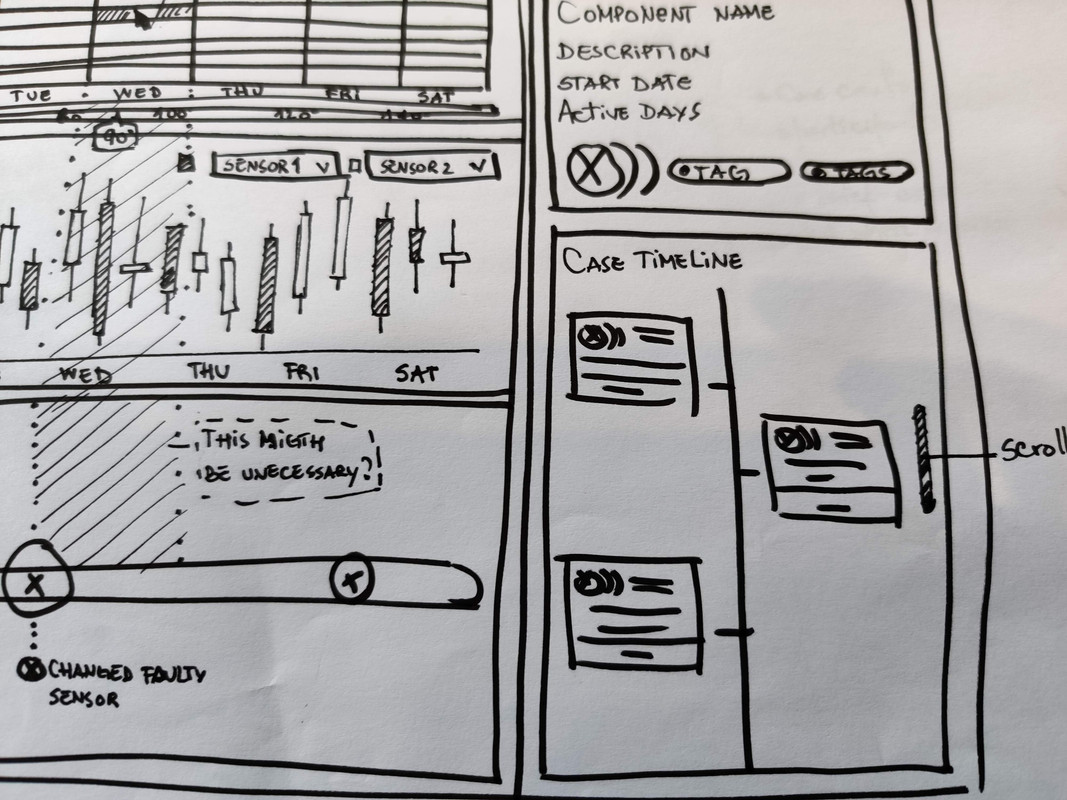Optimizing renewable assets with Jungle AI

In August 2019, Jungle AI, a pioneering artificial intelligence company dedicated to optimizing the performance of renewable energy assets through its sophisticated AI-driven platform, Canopy, was looking to enhance the user experience for asset managers. As a designer, my role was crucial in ensuring that Canopy not only met the functional requirements but also provided an intuitive and user-friendly experience for asset managers.
Background and Challenge
Jungle AI’s goal was to create a comprehensive platform that would help renewable energy assets operate more efficiently. However, despite their success in the past, they faced challenges in refining their processes and outcomes due to misalignments and unclear problems during product development.
Wind Energy Sector
For the wind energy sector, our strategy involved rapid iteration and feedback loops, leveraging their openness to refine our offerings quickly. We focused on demonstrating clear, immediate benefits to build trust and demonstrate value. Our goal was to create a user-centric product that catered to the enthusiastic experimentation of wind farm owners.
Heavy Industry Sector
Conversely, for heavy industry players, we needed a more measured approach. This involved extensive testing, rigorous proof of concept phases, and clear demonstrations of long-term value to overcome their initial hesitance. Our objective was to provide reliability and assurance demanded by heavy industry while still catering to the experimental nature of wind farm owners.
Design Enhancements
To address these challenges, I introduced design workshops to the team as a safe space for everyone to express ideas and collaborate on solutions. Through these workshops, we were able to identify key areas where user experience could be improved and develop strategies to enhance the overall usability of Canopy.



Key Outcomes and Lessons Learned
By implementing our design improvements, we achieved significant enhancements in:
- User engagement: 25% increase in active users within 6 months, with an average session duration of 45 minutes (up from 20 minutes prior to the redesign)
- Adoption rates: 30% higher adoption rate among wind energy companies, with a 90-day retention rate of 85% Customer satisfaction: A 4.2/5 rating on our user feedback system, with over 80% of respondents indicating that they “strongly agree” or “agree” that the platform is easy to use and navigate
- Time-to-value: Reduced time-to-value by 40%, allowing wind energy companies to start seeing benefits sooner
These metrics demonstrate the impact of my design work on user engagement, adoption rates, customer satisfaction, and overall business outcomes. By prioritizing human-centered design principles, we were able to create a more intuitive and usable platform that delivered tangible results for Jungle AI’s clients.